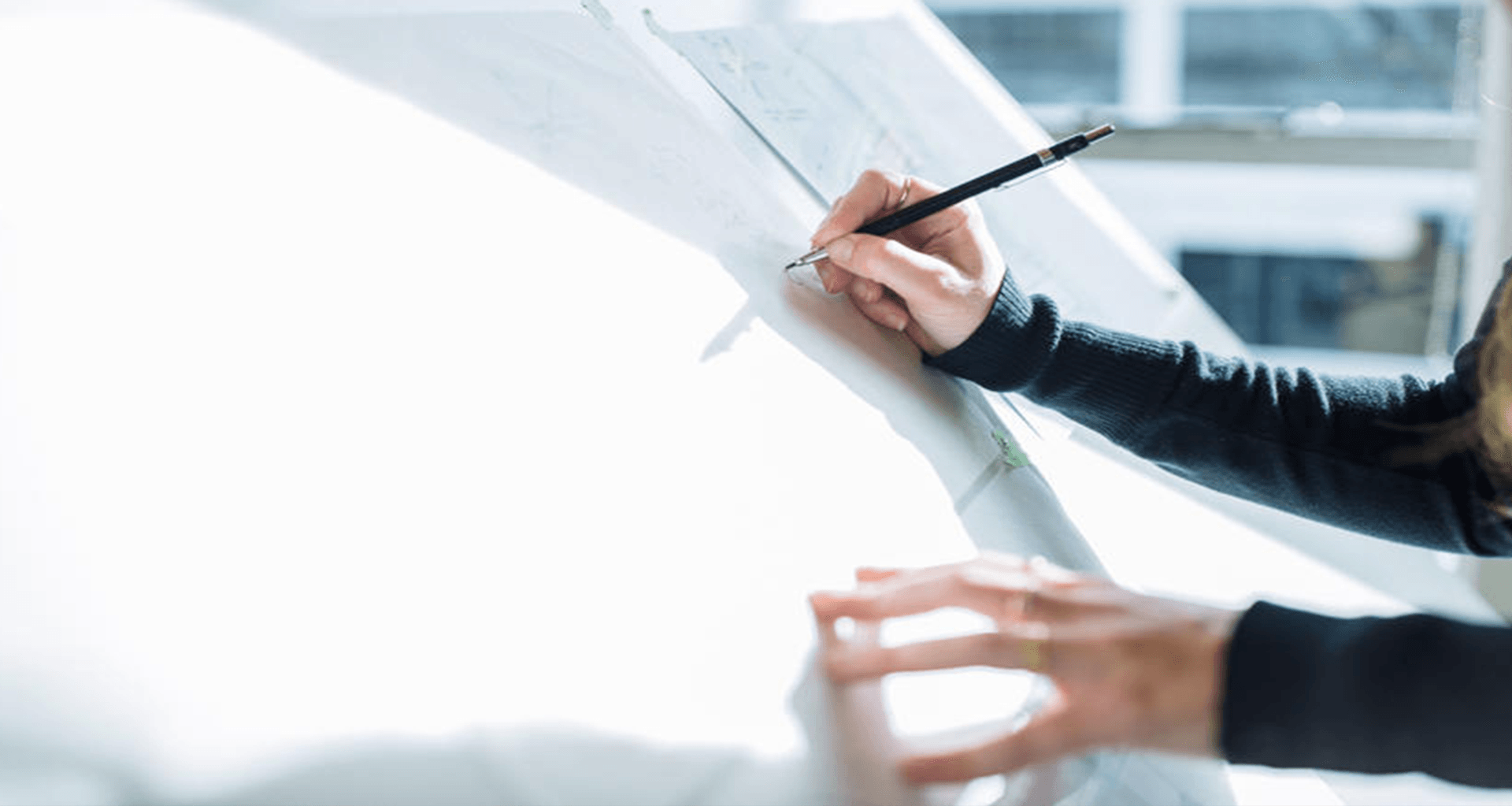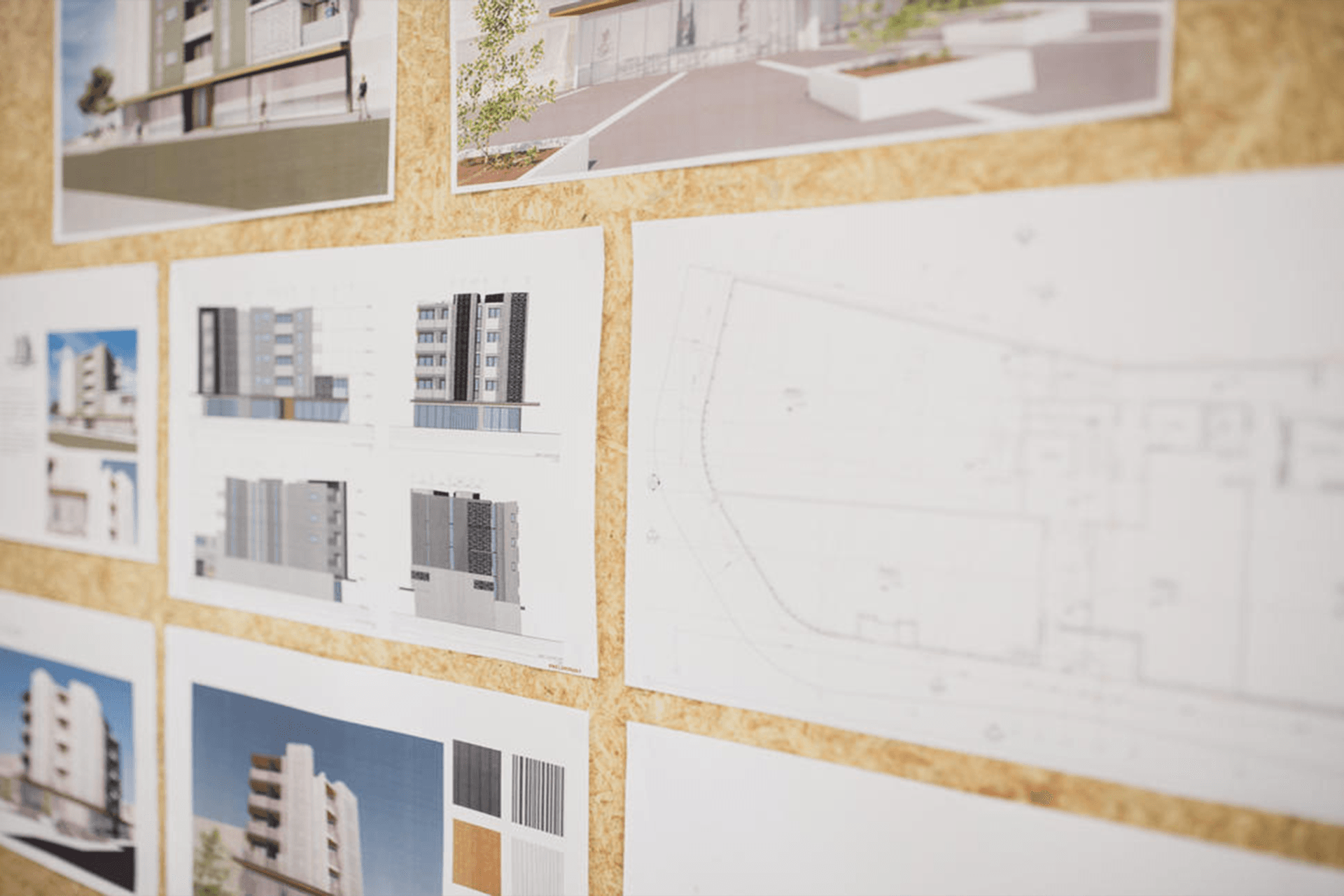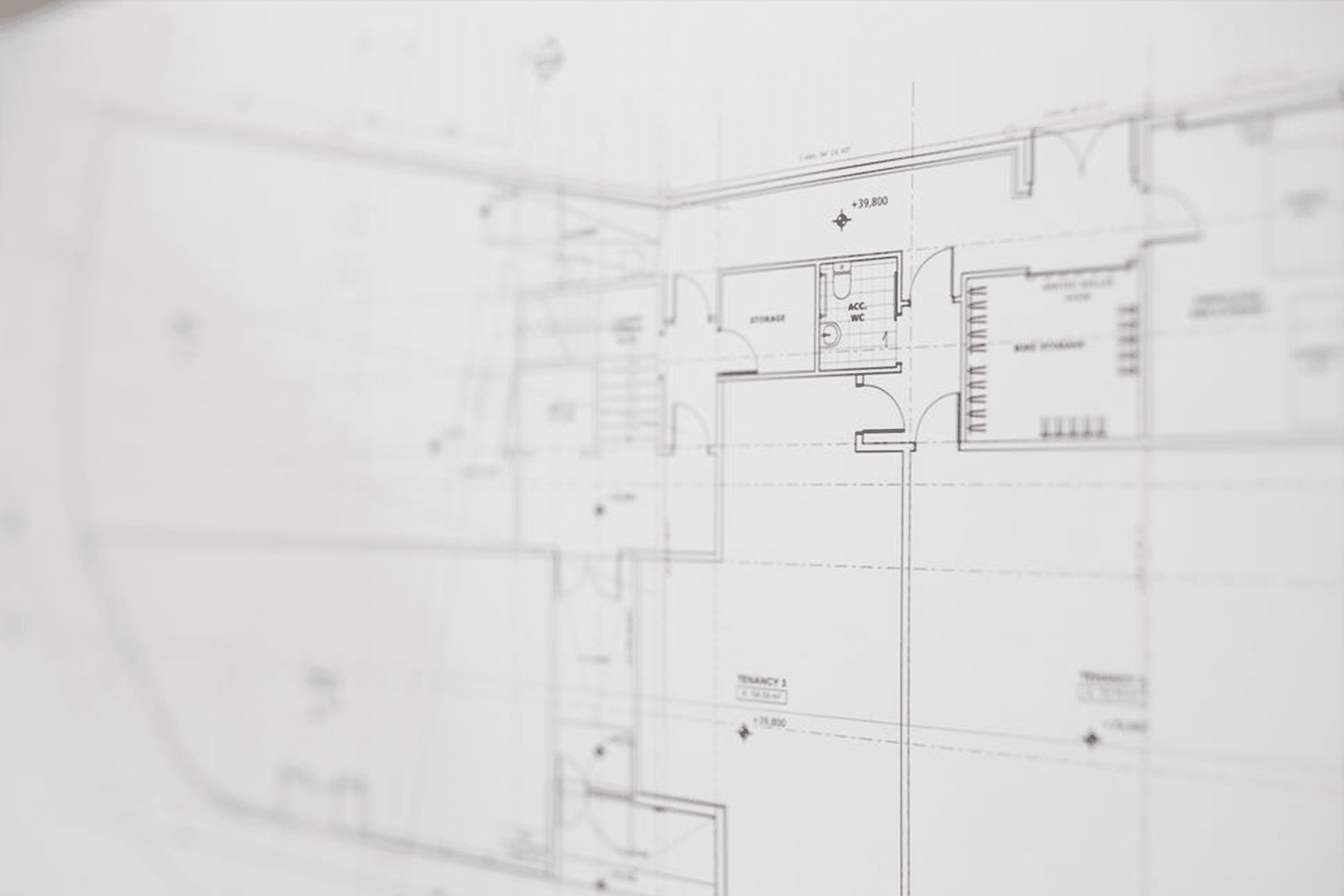Working With Gel Architects

Where to start
It can be a difficult process choosing your architect and understanding the building process.
Let us tell you a little about how we do things here at Gel, and take you through each stage of the design process, as well as providing some links to helpful websites.
Choosing your architect
For your project to be a success, whether it’s a residential add-on or a multi-leveled commercial building, it’s important to work with people that share your vision and that you trust. At Gel, we are acutely aware that your success is our success; we are here to ensure you unlock possibilities and realise the full potential of your project.
Important as it is for you to choose the right architect, we’ll also want to know you are right for us. We’ll ask a few questions to establish that we share the same goals, and that we have the potential to work well together.
The link below will guide you through how to go about choosing your architect and how to prepare for the process once you have.
https://www.nzia.co.nz/connect/working-with-an-architect/choosing-an-architect
Brief and Budget
First off we’ll want to hear all about you. We want to do the thinking for you and the more open and honest you are with us about your project outcomes, your budget, and what you want the end building to do for you, the more we’ll be able to wow you.
We’re an analytical and creative bunch, and knowing the core outcomes and constraints that need addressing will enable us to identify the best solution for your needs. We pride ourselves in being able to unlock the potential of our clients’ sites and returning a result that exceeds expectations. Being open to our ideas and having a commitment to working with us will ensure you get the most out of the design process.
The proposal we’ll present you with after our initial briefing will include a tentative timeline and the associated costs to complete the design process.
Pre-Design

Once we’ve presented the proposal, we’ll move into the pre-design stage which is about information gathering and defining the project.
We’ll source a copy of the property file, complete the measure up, and learn what we need to about your site, including the environmental factors such as topographical and geotechnical detail.
Preliminary Design Stages

The preliminary design stage is where the information learned about the site is combined with the outcome of our discussions and we create the conceptual idea.
We’ll present you with sketches and drawings and an overall floor or site plan, with examples of how we envisage the finished design looking.
We might provide you with more than one idea to choose from and we might show you something you hadn’t thought of yourself.
At the end of this stage we’ll confirm the overall design with you and start working on a more developed version of what you’ve seen to date.
The resource consent process, if required, will begin during this stage.
Developed Design

Now we’re ready to get serious about your design.
We’ll start evolving the agreed concept into more developed drawings. We’ll finalise the layout of spaces, the materials for construction and incorporate the work of any specialist consultants that are required.
We’ll present you with floor plans, elevations, sketches of critical details and maybe also 3D drawings, so that you clearly understand the aesthetics and functionality of the building.
We’ll discuss the implications of the design with you and present you with revised timelines and costings.
This is generally the final opportunity to refine the design before it moves to the detailed design stage and we’ll make sure we have your signed approval before we do that.
Detailed Design

Now we’ll focus on putting your project together so that it will do what we agreed it would.
At the end of this stage we’ll have completed and provided documentation that clearly defines the design, specification and extent of all building elements. These documents are known as ‘working drawings’ and will be used in the tendering and construction process.
Potential problems are mitigated as much as possible during this phase. While we can’t eliminate the possibility of surprises completely, drawings with high levels of detailing will allow for more exact price quoting and less construction variation.
We would apply for the building consent during this phase, after which you will be ready to move into the construction of your project.
Procurement
If you choose to find your building team through a tendering process we’re able to prepare the documents for you. They will set clear and legal criteria around both the project requirements and the tender conditions and will be provided to a number of contractors as agreed by you.
During this period we would manage all site familiarisation visits, and any clarification requirements or questions from the tendering parties.
On the other hand if you have someone in mind to complete the building of your project, or require a recommendation, our depth of understanding of the industry will enable us to give you advice.
Contract Administration
There is no person more suited to managing the often challenging and time consuming construction activity than your architect. We’ll keep on top of the site progress and quality of works, ensure plans and specifications are being adhered to, and we’ll process contractor payment claims. We’ll always be safeguarding your interests and will balance this against contractor requirements.
Upon completion of the project you’ll be issued with a practical completion certificate and we’ll compose a defects list for the contractors to address. At the close of the defects liability period and after defects have been rectified and checked, you’ll receive a defects liability certificate. We’ll then make the final payment to the contractor, and our involvement with your project would officially come to a close.
Resource and Building Consent
A resource consent is required when there is impact on either the natural or the built environment that has been identified by the local authorities within their plans.
Once we have understood the size and shape of your project and identified any constraints within the district or regional plans that may need to be challenged, we’ll advise on the best way to navigate these issues and lodge the consent.
A building consent is required when carrying out building work, identified, with some exceptions, as work in connection with the construction, alteration, demolition or removal of a building. Council will issue a building consent only when it’s satisfied the proposed building work will meet the requirements of the Building Code.
We’ll prepare the information required by council, lodge the application and respond to council queries.
Read the Resource and Building Consent Processes article on Building.govt.nz to assist in understanding of the consent process.
